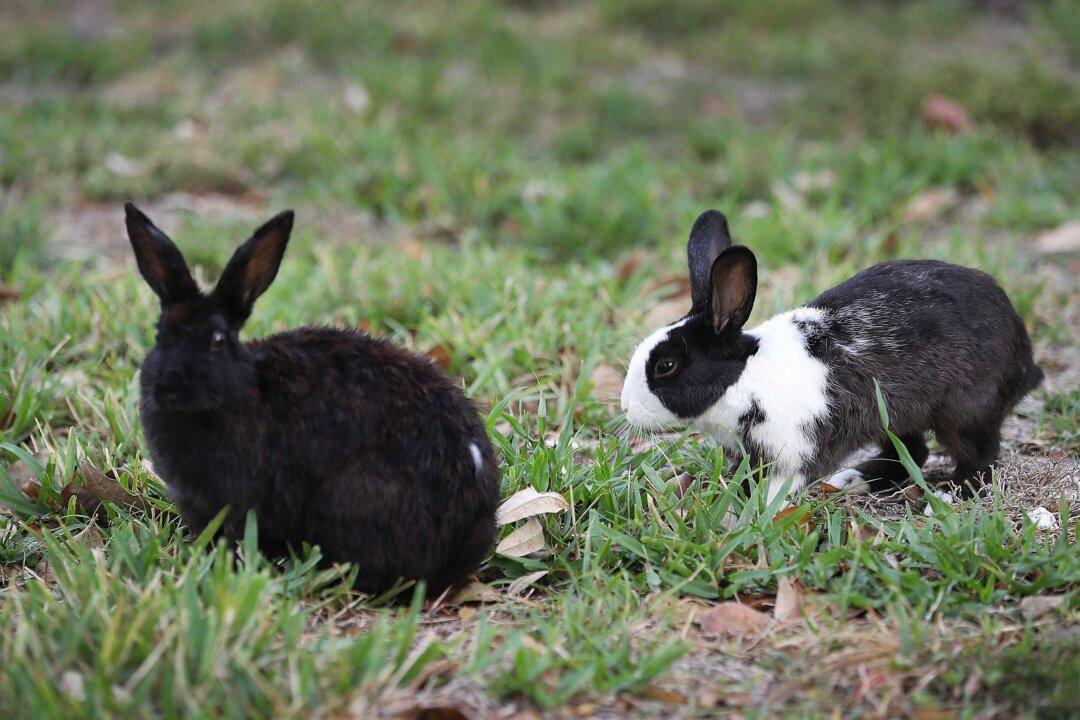Commentary
Rabbits. Rabbits! They’re hopping all over New England, my yard included. They need to eat and, being rabbits, have lots of mouths to feed. What more could a rabbit want than a fresh head of cabbage, organically grown by my calloused hands?





